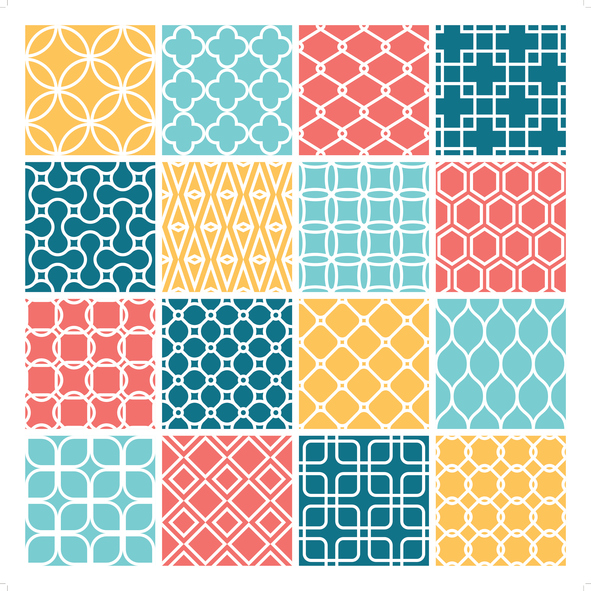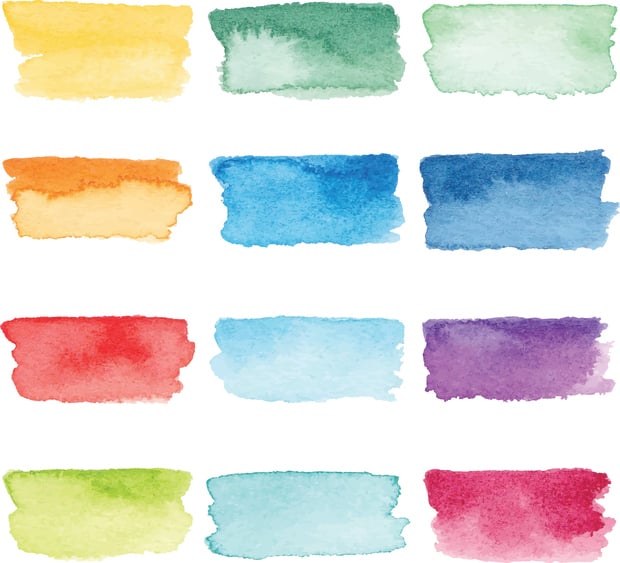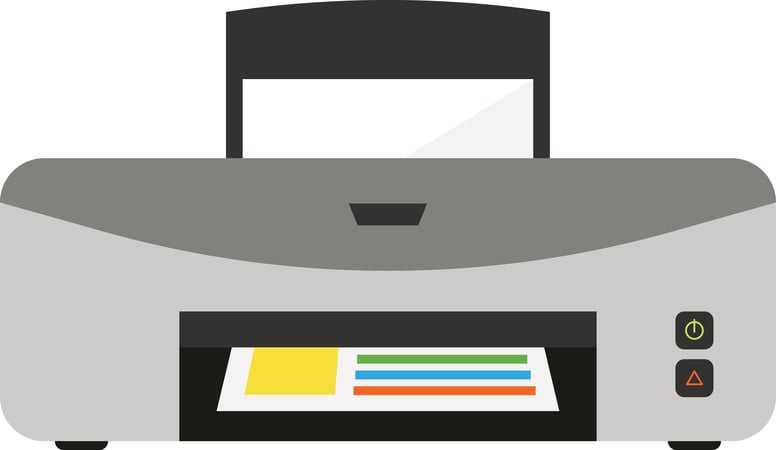As a small business owner, successfully marketing your products and services should be one of the first items on your to-do list. It’s one of the quickest ways to make an impression and serve as a point of reference for potential clients.
A business card is an important part of marketing your brand, which defines who you are and what you stand for. It’s your distinctive calling card. Your business card should reflect that brand based on your style, image, and identity, so understanding what you need your business to convey is key.
There are many different elements that make up a good business card. Consider this – what are the things that attract you to an organization after you’ve seen their business card … or not. The professionalism and style in which the business card is presented influences whether or not you take them seriously, doesn’t it? The same mindset should be applied when designing your own.
Here are three things to remember:
- BRAND is the perceived emotional corporate image as a whole.
- IDENTITY encompasses the visual aspects that form part of the overall brand.
- A LOGO identifies a business in its simplest form with the use of a mark or icon.
How to make a business card: 5 core elements
There are many different variations of the business card. A well-designed business card has the following elements:
Layout and design
The type of design you choose should speak directly to your brand image through color, shape, orientation, and copy. Horizontal and vertical cards are the standard — one is landscape, and the other is portrait-styled.
Your business card concept should drive your brand messaging without words. For instance, if your logo is a car, you want to make sure the colors are vibrant and your logo design stands out. The main goal is to get customer’s attention and impress with the very first look.
Business logo
 Once you have decided what style, orientation, and material you want, it’s time to concentrate on another important aspect of your brand – your logo. If you already have a logo, you’re ahead of the curve.
Once you have decided what style, orientation, and material you want, it’s time to concentrate on another important aspect of your brand – your logo. If you already have a logo, you’re ahead of the curve.
But if you don’t, now is the time to sit down and get one created. One way to do this is by using an online logo maker to create a nice design for your brand.
Card material and finish
 Deciding the type of material you want your card printed on can also make a difference. You can choose paper in a gloss or matte finish — both are standard options. Matte typically looks and feels a bit more subdued, while gloss can help color look more vibrant. You should choose a finish that complements your brand identity and overall card design.
Deciding the type of material you want your card printed on can also make a difference. You can choose paper in a gloss or matte finish — both are standard options. Matte typically looks and feels a bit more subdued, while gloss can help color look more vibrant. You should choose a finish that complements your brand identity and overall card design.
Card colors
 The colors of your business card should revolve around your logo for a cohesive look. The colors should also convey the type of industry you are in. If you’re in the entertainment industry or are focused on anything dealing with children, consider vibrant and exciting colors.
The colors of your business card should revolve around your logo for a cohesive look. The colors should also convey the type of industry you are in. If you’re in the entertainment industry or are focused on anything dealing with children, consider vibrant and exciting colors.
Muted colors work well for more professional settings, like accountants or doctors, but remember — these options aren’t set in stone. Again, if you’re searching for something to make an impact, go against the grain.
Business information
No business card is complete without the right information. This could include your tagline if you have one, and the basics:
- Name of organization

- Logo of organization
- Name of individual
- Contact number
- Email address
- Website
- Social media icons
- Address (if you have a brick-and-mortar location)
Getting ready for the printer
Once you’ve put all of this information together and you have your design, it’s time to start thinking about printing. The standard printing process is 4-color offset. This ensures all your colors come together in a striking way. If you’re working on a limited budget, doing a 1- or 2-color option may work best for you. A spot color process (where only certain elements have color) also works well.
The printer will be able to tell you what type of color mode you should use, such as CMYK or RGB. This determines how the colors are presented on your card. Additionally, you should make sure that all images are hi-res (high resolution) so they will be sharp and clear. Most printers require a minimum image pixelation of 300 dpi.
Use these tips when designing your business card to project the right image for your brand. With a little time and patience, you’ll be well on your way to knowing how to make a business card.
> Ready to get started? Get some design ideas by trying our business card maker.




